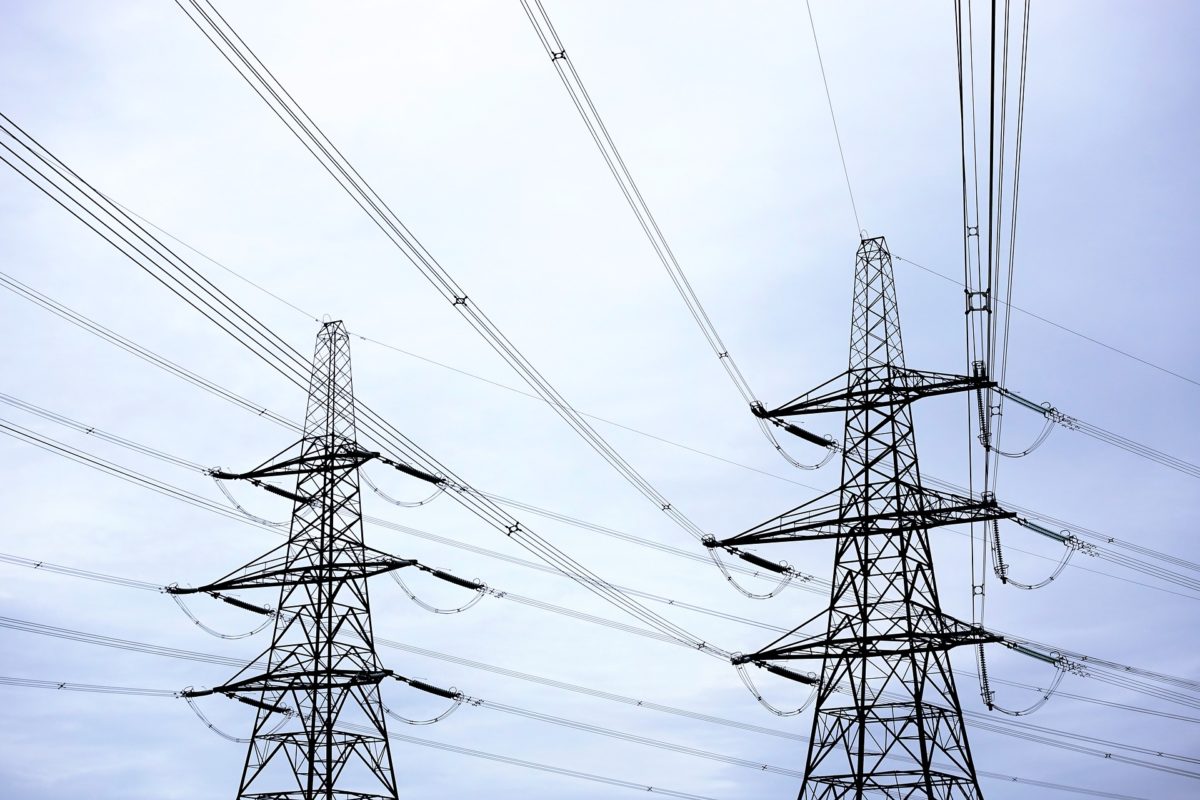The Solar and Storage Industries Institute (SI2) has proposed two transmission interconnection reforms for consideration by the Federal Energy Regulatory Commission (FERC).
The reform proposals are motivated by concerns that connecting new solar and storage to the transmission grid is “increasingly expensive,” while interconnection wait times and the size of the waiting list have grown.
The first of the two proposals is to develop comprehensive regional transmission planning processes that “integrate the interconnection queue” into overall transmission planning.
The second proposal offers a formula to fairly allocate transmission system buildout and local upgrade costs to interconnection customers.
SI2 is the charitable and educational arm of the Solar Energy Industries Association (SEIA).
SI2 proposed that the transmission needs of generation projects that have met certain readiness milestones should be entered into the regional transmission planning process. Planners should also evaluate, SI2 said, network upgrades that have been identified multiple times in the generator interconnection process, but have not been constructed due to the withdrawal of the upgrade-triggering interconnection requests.
The proposed interconnection fee would begin with a non-refundable entry fee to enter the interconnection waiting list, or queue. That fee would be applied toward transmission system upgrades identified in the grid operator’s long-term regional transmission plan. SI2 proposed a three-part formula for calculating this fee, based on the cost of planned regional, subregional and local lines.
The second part of the interconnection fee would cover only those local transmission upgrades needed to connect the project to the grid. The paper suggested that under current practice, interconnection customers are sometimes asked to cover the costs of “a massive transmission upgrade located hundreds of miles away.”
The paper said the cost proposal is based on a planning framework in FERC’s proposed transmission planning regulation.
The cost proposal would lower overall interconnection costs and provide cost certainty, SI2 said. Higher upfront costs would reduce the number of projects entering the queue, while with “more rational” costs for interconnection-related upgrades, interconnection customers would be “less likely to withdraw from the queue and less likely to cause restudies that would delay the interconnection process.”
SI2’s paper says that FERC’s Order 2023, which requires grid operators to make certain interconnection reforms, “is a step in the right direction” to resolve transmission interconnection wait times and costs, yet “the underlying problems remain unaddressed” and “there is more work for the commission to do.”
Abigail Ross Hopper, SEIA’s president and CEO, said “We need the solutions detailed in SI2’s report to serve growing demand for electricity with reliable, low-cost solar and storage.”
Caitlin Marquis, managing director at Advanced Energy United, said the report “offers thoughtful solutions to making lasting reforms.”
The paper is titled “Game changing interconnection reform: Reshaping transmission planning and realigning incentives.”
This content is protected by copyright and may not be reused. If you want to cooperate with us and would like to reuse some of our content, please contact: editors@pv-magazine.com.








By submitting this form you agree to pv magazine using your data for the purposes of publishing your comment.
Your personal data will only be disclosed or otherwise transmitted to third parties for the purposes of spam filtering or if this is necessary for technical maintenance of the website. Any other transfer to third parties will not take place unless this is justified on the basis of applicable data protection regulations or if pv magazine is legally obliged to do so.
You may revoke this consent at any time with effect for the future, in which case your personal data will be deleted immediately. Otherwise, your data will be deleted if pv magazine has processed your request or the purpose of data storage is fulfilled.
Further information on data privacy can be found in our Data Protection Policy.